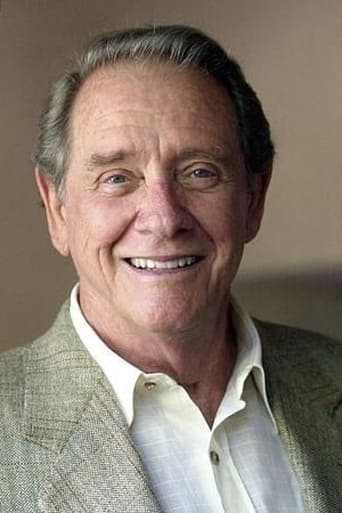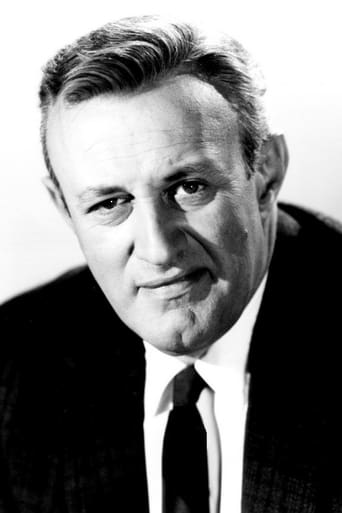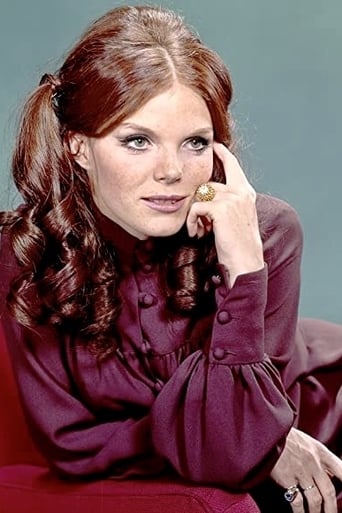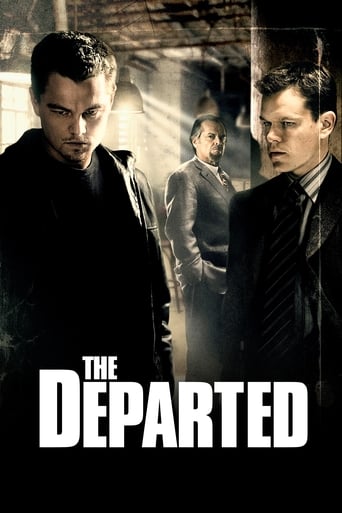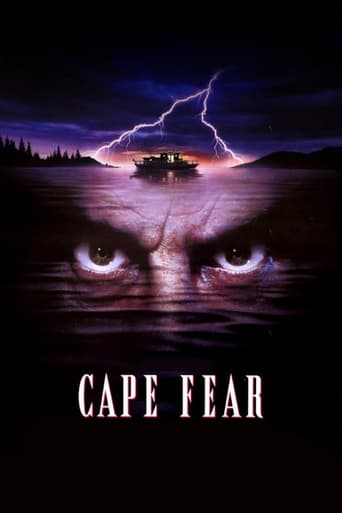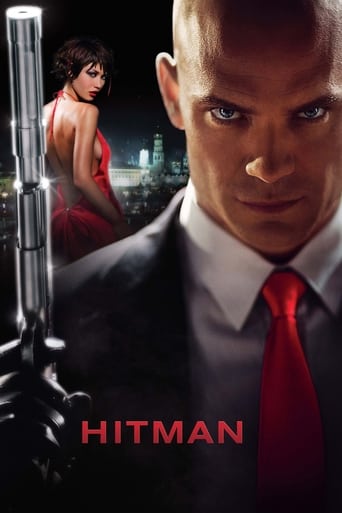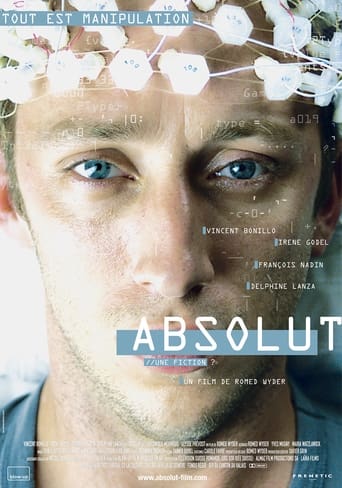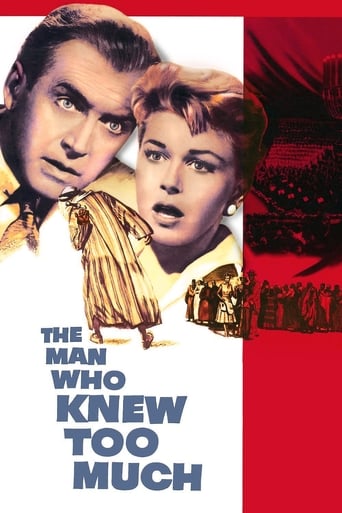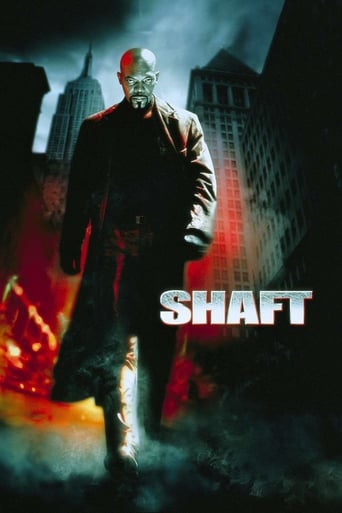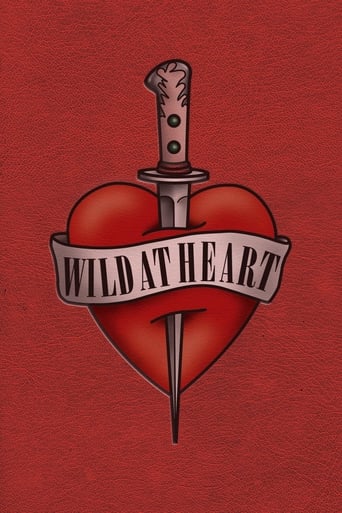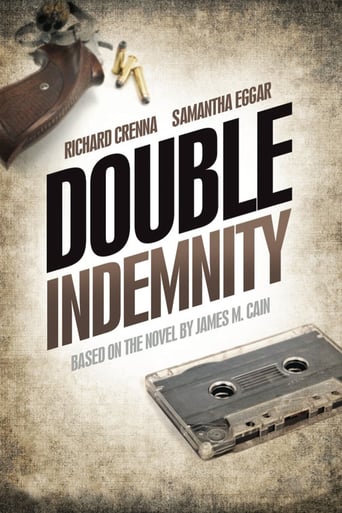

Double Indemnity (1973)
A scheming wife lures an insurance investigator into helping murder her husband and then declare it an accident. The investigator's boss, not knowing his man is involved in it, suspects murder and sets out to prove it.
Watch Trailer
Cast


Similar titles
Reviews
As a big fan of the original film, it's hard to watch this show. The garish set decor and harshly lighted sets rob any style from this remake. The mood is never there. Instead, it has the look and feel of so many television movies of the Seventies. Crenna is not a bad choice as Walter Neff, but his snappy wardrobe and "swank" apartment don't fit the mood of the original, or make him an interesting character.He does his best to make it work but Samantha Egger is a really bad choice. The English accent and California looks can't hold a candle to Barbara Stanwick's velvet voice and sex appeal. Lee J.Cobb tries mightily to fashion Barton Keyes,but even his performance is just gruff, without style.It feels like the TV movie it was and again reminds me of what a remarkable film the original still is.
Murder and insurance fraud take an adulterous couple to "the end of the line"...TV was visually vulgar back in the early 1970s and this truncated, made-for-TV knock-off hurt my eyes. It can't possibly compare to the 1944 Billy Wilder Film Noir classic as anyone in their right mind ought to know -sight unseen- but that doesn't mean this update should be seen as a separate entity, either. Although based on the original Paramount screenplay, there's over half an hour cut out and the director's bland indifference makes what's left imminently forgettable. With rare exception, the younger generation wasn't interested in watching old black and white movies on TV back in 1973 (still true today, alas) so this lurid, compelling tale was new to the overwhelming majority of viewers; then as now, ratings rule and cashing in was its only reel raison d'etre. Gus Van Zandt remade Alfred Hitchcock's PSYCHO for similar reasons and if these redux led to the seeking out of the original films or novels, so much the better. I loved the James M. Cain source novel enough to tune in back then and I enjoyed this time capsule curio the second time around for the longish hair, halter tops, turbans, ugly decor, and lush auburn locks of "guest star" Samantha Eggar, who didn't try too hard. In addition to recognizing a few of the incidental cast from a childhood spent in front of the boob tube, Lee J. Cobb was able to hold my interest as a world-weary, tired-looking Keyes but Richard Crenna's affable and inoffensive Walter Neff only reminded me of Bill Bixby on a bad day. Improvement upon the original was, of course, never intended in a rush to make a buck but, instead of a mindless retread, a new adaptation of the novel would have been a novel idea. Cain's book differs somewhat from its celluloid incarnations and the horrific shark fins in the moonlight ending is killer. The completist in me is thankful this speeded up "Me Decade" update was included as part of the DOUBLE INDEMNITY DVD extras but the experience not only made me long to see the original, it had me nostalgic for any episode of the better-made COLUMBO TV series. I also flashed back to a very good 1973 ABC TV Movie Of The Week that I haven't seen since its initial airing: John D. Macdonald's LINDA starring the beautiful Stella Stevens as a ruthless femme fatale who murders her lover's (sexy John Saxon) wife and then frames her mild-mannered husband for the crime and, if I remember correctly, there's also an open-ended ending. Like DOUBLE INDEMNITY, it was needlessly remade with TV movie queen Virginia Madsen as the titular vixen and Richard Thomas as the milquetoast husband.
This 1973 TV remake of the Billy Wilder classic is inferior to the original. Surprise!First, the good things. Lee J. Cobb makes a terrific Barton Keyes. He's not as good as Edward G. Robinson, of course, but he's the only reason to watch this. This remake's only improvement over the original is that it cuts down the role of Lola Dietrichson, the step-daughter of the femme fatale, Phyllis Dietrichson.And that's it for the good things.The bad things are many. The director records everything in an indifferent manner: if you watched the film with the sound muted you'd hardly get the impression that anything especially interesting was happening. Because of modern bad taste, the film must be in color instead of black and white. Because of 1970s bad taste, all the sets are distractingly ugly. Walter Neff's expensive apartment, in particular, is hideous.The modern setting hurts in a lot of small ways. Train trips were a bit more unusual in the 70s than in the 40s, so Mr. Dietrichson's decision to take a train seems more of a contrivance. Men stopped wearing hats, which prevents Walter from covering up his brown hair while posing as the white-haired Mr. Dietrichson. Women in mourning stopped wearing veils, which robs Samantha Eggar of a prop Barbara Stanwyck made splendid use of in a key scene. (Oddly, Lola still has the line where she reveals that her stepmother was trying on a black hat and veil before she had need of them.)Stephen Bochco keeps much of the Billy Wilder-Raymond Chandler script the same. But he makes a lot of tiny, inexplicable changes to the dialogue which leave the script slightly flabby where once it was lean and muscular. Outrageously, the famous motorcycle-cop banter is gone, but look closely and you'll see what looks like a post-production cut where those lines should have been. Bochco may not be to blame.Richard Crenna is passable as Walter Neff. What might have made this version tolerable is a really splendid Phyllis Dietrichson. Instead we get Samantha Eggar, who comes off like a standard-issue villainess from "Barnaby Jones." But who can blame Eggar? With a director who barely seems interested in what's happening in front of the camera, how could Barbara Stanwyck herself have come off well?
You can't help comparing this 1973 TV version to the 1940s original directed by Billy Wilder and starring Fred MacMurray, Barbara Stanwyck, and Edward G. Robinson. As expected, the original comes out light years ahead, a classic of genuine film noir.The story line is still here. The skull shows through the skin. An insurance salesman connives with a manipulative seductress to murder her husband and collect double indemnity on the insurance policy they've just taken out on him. The claims manager, Lee J. Cobb here, unravels the plot. The criminal couple shoot and kill one another. That much is the same.So what's the problem? Well, there are a couple of problems, and some other changes that aren't necessarily problems but don't add anything to the experience of viewing the film.The story belongs in the 1940s. When Wilder and Raymond Chandler (in his sober period) put the thing together it had a good, old-fashioned black-and-white pizazz in its dialog and setting that just doesn't fit well into the 1970s.Phyllis Dietrichson belongs in a slightly cramped but very comfortable old house, a slightly dated mission-style multi-story dwelling with honeysuckle around it and windows that can be closed and shuttered. People in this film live in comparative luxury. The plush carpets are the color of rust. Phyllis (Samantha Eggar) lives in a modern house that resembles a cement box on the outside. No honeysuckle vine would dream of trying to creep up the walls because the Mexican gardener would snip it off in a jiffy. Walter Neff (Richard Crenna) lives in a pad in Marina del Ray with a view of the yacht moorings, instead of the somewhat seedy hotel flat in the original. In Crenna's apartment, you'd probably have to use coasters. Everyone here seems too -- comfortable. When Eggar complains of her husband that he has no money it's impossible to believe her.The wardrobe too is updated, of course, or rather it WAS up to date in 1973. Never saw so many turtlenecks. And such fashionably long hair on the men.And 1973 was part of an era -- let's call it pre-Godfather -- when you still had to watch it in using ethnic names. So Lola's no-good boyfriend (a med-school dropout in the original, a law student here) is no longer Nino Sachetti but somebody with a barbaric and WASPy name like Don Franklin. That's not a name for a resentful, misguided kid. That's the name of a TV game show host. "Chris Martin Productions presents RING MY BELL -- with your host, Don FRANKlin!" Incidents, themes almost, are elided. Not much goes on in the way of affection between Neff and his boss. In the original it's symbolized by Neff's always having to provide Keyes with a match to light his cigar and Keyes' growling thanks. The match business is simply left out of this version.So is the witness's (John Fiedler) trying to pry some extra money out of the Insurance company to cover his overnight visit to LA from Medford, Oregon. "There's a chiropractor I need to see," Porter Hall wheedles in the original. "Just don't put her on the expense account," snarls Keyes. It's one of the few humorous moments in the story. What's gained by leaving it out? Left out too is what is surely the funniest incident in the original, when Keyes gives his boss a big speech spelling out in humiliating detail precisely how dumb his boss is, then grabs a glass of water out of his boss's hand, asks, "Mind if I have this?", and nervously gulps it down. Otherwise the dialog is almost identical to the original, except for the addition of a wisecrack near the beginning, when Neff tells Phyllis, "I gave up a Rhodes scholarship to peddle insurance door to door." Performances. Crenna is probably as good as MacMurray was in the original. And although Lee J. Cobb as Keyes isn't the human buzz saw that Edward G. Robinson was in the original, he carries the part in his own exasperated way. Samantha Eggar, alas, is no Barbara Stanwyck. Stanwyck was pretty in a sluttish way, with that fake blonde wig, and a better actress too. Watch Stanwyck's face when the camera focuses on it and her husband is getting his neck broken in the seat next to her. There's a slight smile curling up the edges of her lips. And that nasal Brooklyn voice helps. Eggar with her fresh modelesque beauty, deep red fluffy hair, freckled face, Brit accent, and big green eyes is all innocence. When HER husband is killed, she simply stares into the camera when the shot is duplicated.Most shots, however, are not duplicated. Not that it matters much because the director, Jack Smight, who has done interesting work elsewhere ("No Way to Treat a Lady", eg.), seems to have approached this project the way we might approach commuting to work in the morning. Nothing much goes on. The wheels aren't turning.Oh, well. You may appreciate this more if you've never seen the original. At that, I'm surprised that there hasn't been another remake yet. It's been thirty years and more since this copy. And there must be a nickel left in the story yet, especially if it has much more blood and explicit sex in it, and something on the sound track other than, "I'll Remember April."


